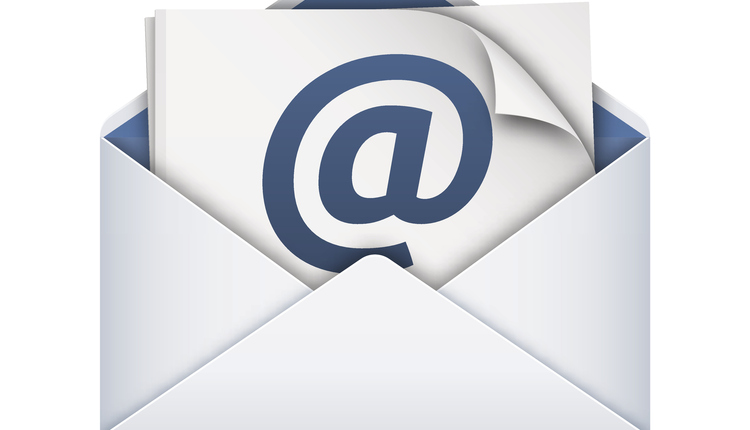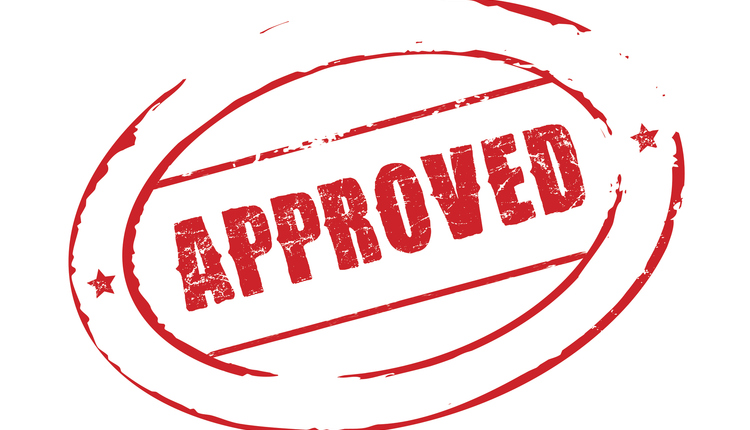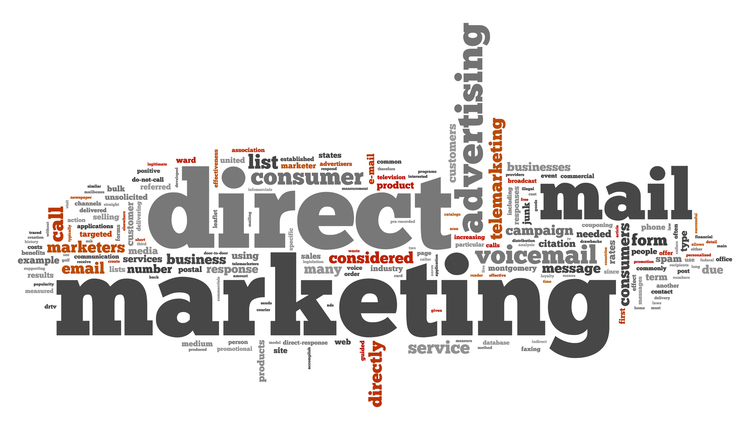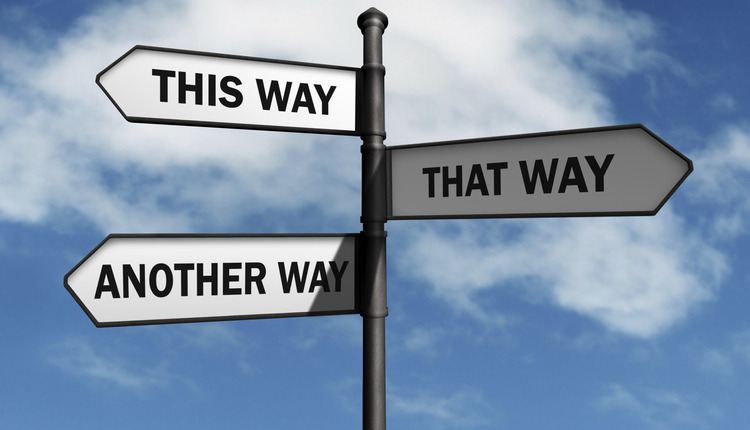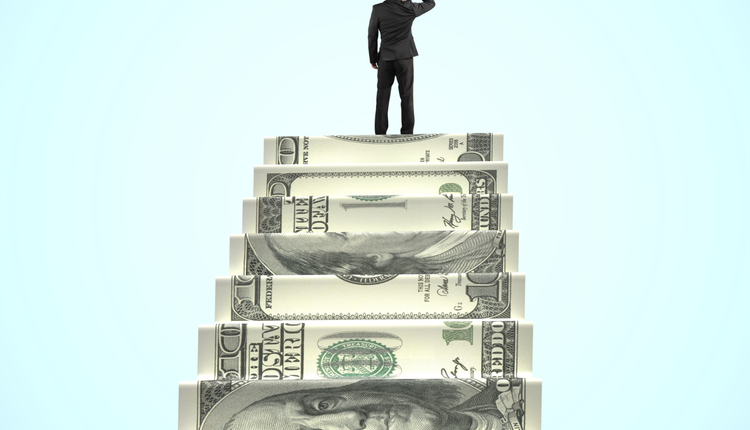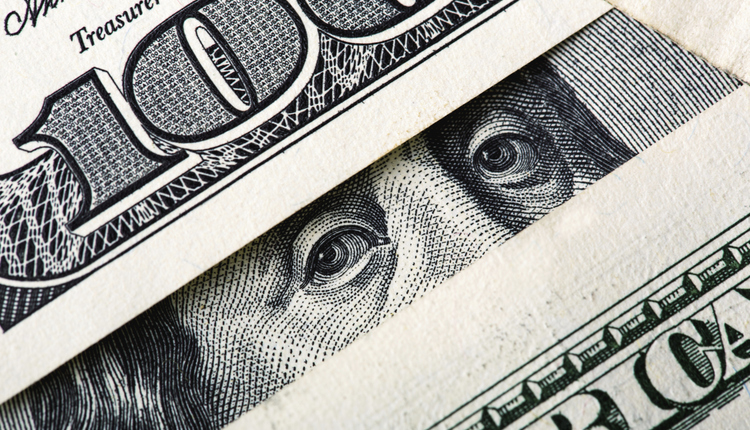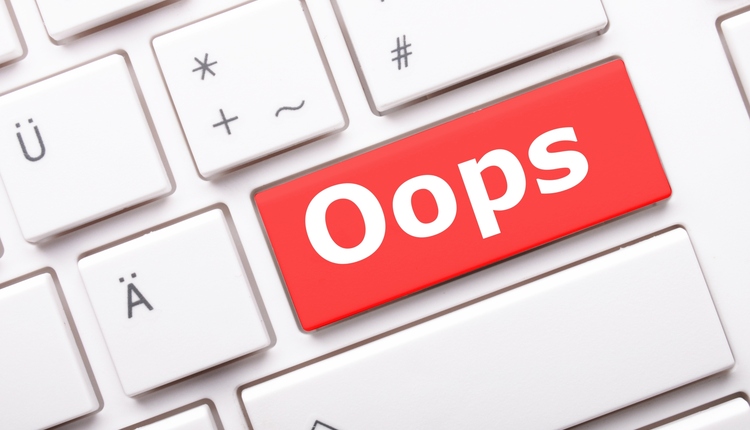Many small businesses have heard that postcard marketing is a great marketing strategy for generating business growth. What you may NOT know is that the design of your marketing postcards is highly systematic, with every single part having an express purpose.
You've probably never heard about the 10 important components every postcard needs to generate the best response. It's time to change that, because the more you know, the better your marketing will be, and the faster your business will grow! Each of these 10 components is an opportunity to incrementally improve your marketing results. By mastering each one, you can MAXIMIZE your postcard marketing response.
Now, the information I'm about to tell you is based on two assumptions...
1) You already understand the power of direct mail postcards. If you haven't yet experienced it, try the strategies I'm about to explain. You'll understand it after one mailing.
2) You have a basic understanding of how direct mail works. I don't delve into a lot of logistics in this article. Instead I'll discuss the specifics of the design and copywriting of your postcards and how they can work together to turn your prospects into customers.
Let's get to it...
The 10 Elements of a Successful Marketing Postcard
1) A Clear and Engaging Headline
Here is your first and arguably most important opportunity to improve your marketing results. If you write a boring or confusing headline, your postcards don't stand a chance. You exponentially improve your results by improving this element of your card.
A common mistake when writing headlines, for any medium, is focusing on cleverness at the expense of clarity. Many try to be creative and clever in their headlines to get prospects interested, but data shows that it isn't more effective. Not by a long shot.
What your headline needs is clarity. It needs to state in CRYSTAL CLEAR language how you can help your prospects. Clarity is much more effective than cleverness. People aren't picking up your postcard looking to be entertained. They are scanning through their mailbox (which is probably full of letters, bills and yes...other postcards). They give 2 seconds (if you're lucky) to every headline before moving on. In those 2 seconds, you need to tell them how your company offers something of value that can benefit them in their everyday lives. State it as clearly as possible, in as few words as possible. That's how you craft an effective and compelling headline.
Good Headline: "Get a Beautiful Lawn Without Doing Yard Work"
See, this one is clear in what it is offering: beautiful landscaping without doing any of the work.
Bad Headline: "The Grass Could Be Greener Right Where You Are"
The recipient of this card has no idea what that means; let's be honest. Sure it's playing off the expression that the grass is greener on the other side of the fence, but that means nothing to them. It takes thought to connect that headline to landscaping services, and you don't want your prospects to have to think. It should be obvious.
2) A Reinforcing Graphic
The images on your postcard aren't simply there to look pretty or get a prospect's attention. If they are good, they will most likely do both of those things; however, it isn't their main purpose. The main purpose of your images is to reinforce your marketing message. For the good headline example above, you wouldn't just use a picture of a nice lawn. You should use a picture of a man lying in a hammock while someone in the background is mowing his lawn for him. That backs up the idea of getting a manicured lawn without the hassle of doing it yourself.
3) Eye-Catching Colors
Your color choices are really the element that's in charge of grabbing your prospects' attention. You want to avoid dull or boring color schemes. This doesn't necessarily mean you have to go with lime green and hot pink on every postcard. Bright colors are great for getting attention, but you can also use muted colors that compliment each other well. You just want to have enough contrast between colors to create a vibrant and compelling visual appeal.
4) Transitional Sub-Headings
Even if you master the first three elements, some of the most important work is still to be done. Let's say your color scheme and images get their attention and your headline gets them interested. What happens next? They turn the card over to read more. On the back, the process starts over again. You need a transitional subheading to mirror the sentiment from the front, but build on it to keep them interested in what your marketing copy has to say.
Let's continue with the good headline example above:
Good Sub-Heading: "Better Lawn. Less Hassle."
It mirrors the concept from the front and reinforces the idea of making the prospect's life easier by removing the hassle of yard work from it.
Bad Sub-Heading: "Create Your Own Personal Paradise"
This is all style and no substance. Sure, it's a nice idea, but it doesn't explain how the prospects' lives improve by hiring the company's landscaping services.
5) Bulleted Benefits
A benefit is a particular way your prospect's life improves by choosing your company instead of your competitors. A feature is information about your business. The difference is subtle, but benefits sell and features don't. Your marketing copy should always emphasize benefits over features.
Benefit: "We'll give you an outstanding landscape for your home, and you won't have to lift a finger."
Prospect thinks, "Geez, that would be nice!"
Feature: "We use state of the art equipment."
Prospect thinks, "Congratulations. What does that mean for me?"
6) An Enticing Offer
The first 5 elements get your prospects ready to choose your company. Your offer is what gets them to actually pick up the phone and call you. You can show the quality of what you offer all day long, but it is perceived value that consumers respond to most. If they hear about all the benefits they can get from this service, and then see a monetary incentive on top of that, they are compelled to at least inquire about it. No one wants to miss out on a great deal. It's incredibly important you choose the right incentive to offer to your postcard recipients, because it will directly effect your lead generation results.
Proven Successful Offers:
Free Consultations or Estimates
Free Trial Offers
Discount on Specific Desirable Services
7) Call to Action (CTA)
Remember how I said you don't want to make your prospects think. That's why your CTA is important. It may seem silly, but you can't assume your prospects know what to do after they read your card. You have to tell them clearly. And be specific. Something like, "Call to Learn More." is a little vague. Try to give them specific instructions like, "Call in the next 30 days to redeem your discount!" This makes it more urgent, which is more effective at generating a response from recipients of the card.
8) Business Logo
Your logo is your identity. If you don't have one, you don't have an identity to stick in prospects' memories. You really MUST have one if you want to see real, sustainable business growth. It helps you establish your brand, and increase recognition with your customers and prospects. Consumers also find it harder to trust a company that doesn't have a logo, which hurts you when you are trying to generate leads and convert leads into customers.
9) Contact Information
The only way to generate leads from your postcards is to give the recipients of the cards a way to get in contact with you. The more contact information you give, the more credible you seem and the more the prospect will trust your company. Give them a mailing address (if you have one), an email address, a phone number, your website, any social media platforms you use.
10) Your Return Address
It is much easier to trust a company with a brick and mortar location. You know they aren't going to disappear with your money. It makes the business seem much more established and legitimate. So, if possible include your return address. This also helps you get back postcards if they cannot be delivered to a particular address, so you don't waste them.
I see these strategies work time and time again. Each piece is critical and perfecting each one makes your marketing effort stronger. When you master all 10 you will maximize your marketing results. That means more customers and more revenue for you. Try it out and enjoy the results!
Joy Gendusa is the founder and CEO of PostcardMania, a $20 million, full-service marketing company based in Clearwater, FL. She literally wrote the book on postcard marketing, and built her company from the ground up without any outside investment capital. Download her complete 95-Point Total Marketing Checklist today!
You've probably never heard about the 10 important components every postcard needs to generate the best response. It's time to change that, because the more you know, the better your marketing will be, and the faster your business will grow! Each of these 10 components is an opportunity to incrementally improve your marketing results. By mastering each one, you can MAXIMIZE your postcard marketing response.
Now, the information I'm about to tell you is based on two assumptions...
1) You already understand the power of direct mail postcards. If you haven't yet experienced it, try the strategies I'm about to explain. You'll understand it after one mailing.
2) You have a basic understanding of how direct mail works. I don't delve into a lot of logistics in this article. Instead I'll discuss the specifics of the design and copywriting of your postcards and how they can work together to turn your prospects into customers.
Let's get to it...
The 10 Elements of a Successful Marketing Postcard
1) A Clear and Engaging Headline
Here is your first and arguably most important opportunity to improve your marketing results. If you write a boring or confusing headline, your postcards don't stand a chance. You exponentially improve your results by improving this element of your card.
A common mistake when writing headlines, for any medium, is focusing on cleverness at the expense of clarity. Many try to be creative and clever in their headlines to get prospects interested, but data shows that it isn't more effective. Not by a long shot.
What your headline needs is clarity. It needs to state in CRYSTAL CLEAR language how you can help your prospects. Clarity is much more effective than cleverness. People aren't picking up your postcard looking to be entertained. They are scanning through their mailbox (which is probably full of letters, bills and yes...other postcards). They give 2 seconds (if you're lucky) to every headline before moving on. In those 2 seconds, you need to tell them how your company offers something of value that can benefit them in their everyday lives. State it as clearly as possible, in as few words as possible. That's how you craft an effective and compelling headline.
Good Headline: "Get a Beautiful Lawn Without Doing Yard Work"
See, this one is clear in what it is offering: beautiful landscaping without doing any of the work.
Bad Headline: "The Grass Could Be Greener Right Where You Are"
The recipient of this card has no idea what that means; let's be honest. Sure it's playing off the expression that the grass is greener on the other side of the fence, but that means nothing to them. It takes thought to connect that headline to landscaping services, and you don't want your prospects to have to think. It should be obvious.
2) A Reinforcing Graphic
The images on your postcard aren't simply there to look pretty or get a prospect's attention. If they are good, they will most likely do both of those things; however, it isn't their main purpose. The main purpose of your images is to reinforce your marketing message. For the good headline example above, you wouldn't just use a picture of a nice lawn. You should use a picture of a man lying in a hammock while someone in the background is mowing his lawn for him. That backs up the idea of getting a manicured lawn without the hassle of doing it yourself.
3) Eye-Catching Colors
Your color choices are really the element that's in charge of grabbing your prospects' attention. You want to avoid dull or boring color schemes. This doesn't necessarily mean you have to go with lime green and hot pink on every postcard. Bright colors are great for getting attention, but you can also use muted colors that compliment each other well. You just want to have enough contrast between colors to create a vibrant and compelling visual appeal.
4) Transitional Sub-Headings
Even if you master the first three elements, some of the most important work is still to be done. Let's say your color scheme and images get their attention and your headline gets them interested. What happens next? They turn the card over to read more. On the back, the process starts over again. You need a transitional subheading to mirror the sentiment from the front, but build on it to keep them interested in what your marketing copy has to say.
Let's continue with the good headline example above:
Good Sub-Heading: "Better Lawn. Less Hassle."
It mirrors the concept from the front and reinforces the idea of making the prospect's life easier by removing the hassle of yard work from it.
Bad Sub-Heading: "Create Your Own Personal Paradise"
This is all style and no substance. Sure, it's a nice idea, but it doesn't explain how the prospects' lives improve by hiring the company's landscaping services.
5) Bulleted Benefits
A benefit is a particular way your prospect's life improves by choosing your company instead of your competitors. A feature is information about your business. The difference is subtle, but benefits sell and features don't. Your marketing copy should always emphasize benefits over features.
Benefit: "We'll give you an outstanding landscape for your home, and you won't have to lift a finger."
Prospect thinks, "Geez, that would be nice!"
Feature: "We use state of the art equipment."
Prospect thinks, "Congratulations. What does that mean for me?"
6) An Enticing Offer
The first 5 elements get your prospects ready to choose your company. Your offer is what gets them to actually pick up the phone and call you. You can show the quality of what you offer all day long, but it is perceived value that consumers respond to most. If they hear about all the benefits they can get from this service, and then see a monetary incentive on top of that, they are compelled to at least inquire about it. No one wants to miss out on a great deal. It's incredibly important you choose the right incentive to offer to your postcard recipients, because it will directly effect your lead generation results.
Proven Successful Offers:
Free Consultations or Estimates
Free Trial Offers
Discount on Specific Desirable Services
7) Call to Action (CTA)
Remember how I said you don't want to make your prospects think. That's why your CTA is important. It may seem silly, but you can't assume your prospects know what to do after they read your card. You have to tell them clearly. And be specific. Something like, "Call to Learn More." is a little vague. Try to give them specific instructions like, "Call in the next 30 days to redeem your discount!" This makes it more urgent, which is more effective at generating a response from recipients of the card.
8) Business Logo
Your logo is your identity. If you don't have one, you don't have an identity to stick in prospects' memories. You really MUST have one if you want to see real, sustainable business growth. It helps you establish your brand, and increase recognition with your customers and prospects. Consumers also find it harder to trust a company that doesn't have a logo, which hurts you when you are trying to generate leads and convert leads into customers.
9) Contact Information
The only way to generate leads from your postcards is to give the recipients of the cards a way to get in contact with you. The more contact information you give, the more credible you seem and the more the prospect will trust your company. Give them a mailing address (if you have one), an email address, a phone number, your website, any social media platforms you use.
10) Your Return Address
It is much easier to trust a company with a brick and mortar location. You know they aren't going to disappear with your money. It makes the business seem much more established and legitimate. So, if possible include your return address. This also helps you get back postcards if they cannot be delivered to a particular address, so you don't waste them.
I see these strategies work time and time again. Each piece is critical and perfecting each one makes your marketing effort stronger. When you master all 10 you will maximize your marketing results. That means more customers and more revenue for you. Try it out and enjoy the results!
Joy Gendusa is the founder and CEO of PostcardMania, a $20 million, full-service marketing company based in Clearwater, FL. She literally wrote the book on postcard marketing, and built her company from the ground up without any outside investment capital. Download her complete 95-Point Total Marketing Checklist today!




